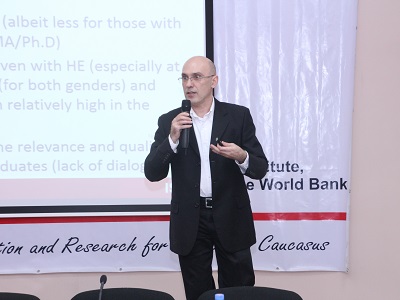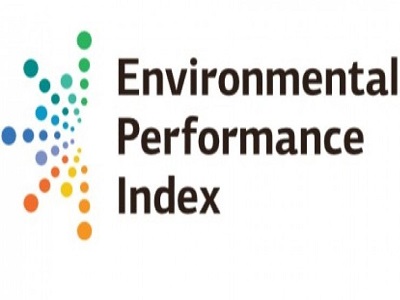Higher Education Reform in Georgia: Challenges and Opportunities
- Details

On 27 March 2018, the ISET Policy Institute in partnership with the World Bank and UNICEF hosted a high-level policy discussion, “Higher Education Reform in Georgia: Challenges and Opportunities”, which was the fourth in a series of education policy dialogues focused on higher education.
A policy paper was presented by ISET Professor Norberto Pigniatti, the purpose of which was to identify the existing challenges facing the Government’s strategic objectives in close dialogue with a broad set of stakeholders, and provide a set of recommendations based on the analysis of the nature of the challenges and on the best international practices needed to address them.
2018 Environmental Performance Index Score for Georgia
- Details

The Environmental Performance Indicator (EPI), a list produced by Yale University and Columbia University, has revealed the scoring of 180 countries and their performance regarding Ecosystem Vitality (the protection of natural resource services) and Environmental Health (i.e. progress inair pollution or protection of drinking waters that can endanger human health if not considered). These two categories are divided into ten groups in total (such as Forest, Air Quality and Water Resources), and in turn these categories constitute 24 indicators all together. For instance, Tree Cover Loss is an indicator for the Forest group (which is subcategorized under environmental health) and Waste Water treatment is an indicator for Water Resources (subcategorized under Ecosystem Vitality). Further explanations of the meaning of Ecosystem Vitality and Environmental Health can be found in the Methodology chapter. What the rankings show is how far away – or close – a country is from achieving environmental policy objectives. If a country scores low on the EPI scale, it needs to increase its efforts in several areas. Additionally, for some nations, improved stability in official institutions could also be of help. According to the 2018 EPI report, this year’s overall progress (which has been somewhat slow) is mostly related to environmental quality.










